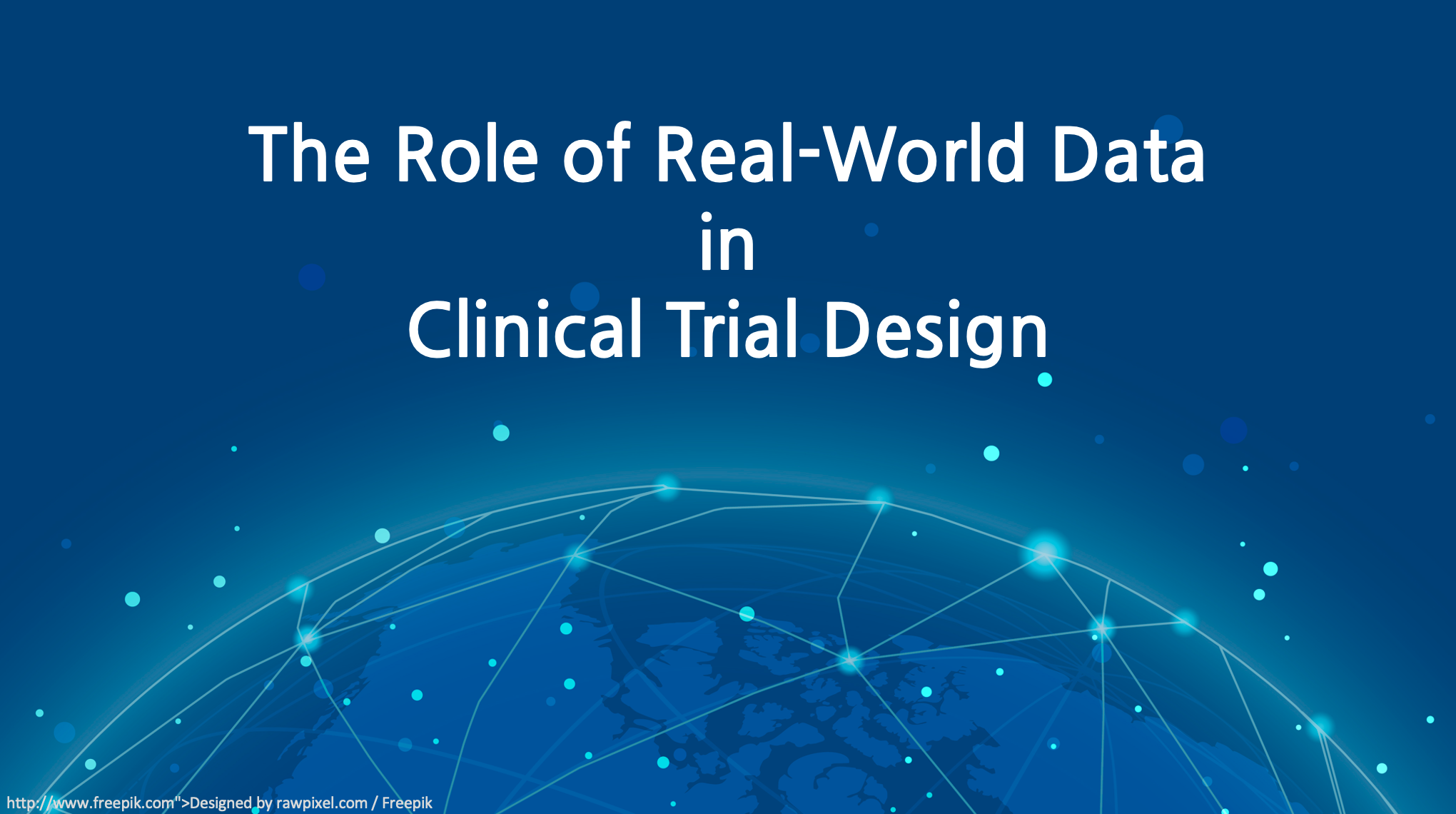According to the FDA website, Real-World Data (RWD) is the data relating to patient health status and/or the delivery of health care, routinely collected from a variety of sources. RWD can come from a number of sources including Electronic Health Records (EHRs), claims and billing activities, product and disease registries, patient-generated data including in home-use settings, and data gathered from other sources, such as mobile devices. Evidence obtained from RWD is called Real World Evidence (RWE). Nowadays, RWE is being used for several purposes including but not limited to regulatory submissions, expanding the indications of the approved therapeutics, protecting the safety of patients, patient recruitment, and clinical trial design. Designing an effective clinical trial protocol is an essential element in trial success, and here are some ways that the RWD and RWE can facilitate the design of clinical studies:
Eligibility criteria
When developing a clinical study protocol, the R&D team should consider several inclusion/exclusion criteria. While some criteria included in a protocol might seem reasonable but, comparing it to the RWD can help the team to have a more reliable inclusions/exclusions criteria. In a clinical study, if the criteria are too specific it might exclude a number of patients who could be part of the study. Therefore, the data from real-world can be useful to optimize and ensure that the right patients are enrolled in a study.
Feasibility of the study
RWE can help in finding out the population of patients in a disease. Based on the size of the available patients, the sponsor can estimate how many patients can be enrolled within the first year of a study and how long the study needs to last. In addition, having an accurate view of the number of visits is essential. In some clinical studies, the number of visits is too frequent that can make the patient exhausted and unmotivated to continue the study. Reviewing the RWE can provide useful information about the number of visits and the frequency of the visits.
Choose the right biomarker and biomarker test for the trial
Biomarkers play a critical role in developing new drugs including oncology drugs therefore, it’s important to consider the biomarkers at the early stages of drug development. RWE is rich in biomarker data. Evaluation of the biomarker and the test is not only important for demonstration of efficacy but, it’s also essential for patient safety. An inaccurate biomarker test will also impede the ability of a trial to show the efficacy of the drug, compared with a highly accurate test.
RWD and RWE are showing the potential to improve patient care in many aspects including clinical trial designs. RWE is being used by different pharmaceutical companies to help make decisions about inclusion/exclusions criteria, the feasibility of the study, and choosing the right biomarker within a clinical study. Using RWE and RWD can reduce overall costs and improve trial outcomes by designing a feasible study.

